Get PeakVisor App
Sign In
Search by GPS coordinates
- Latitude
- ° ' ''
- Longitude
- ° ' ''
- Units of Length

Yes
Cancel
Share ×

Scan the QR code and open PeakVisor on your phone
❤ Wishlist ×
Choose
Delete
San Juan is a province located in western Argentina. The province is known for its contrast of steep, rugged mountains and fertile lowlands. San Juan Province contains 814 named peaks. The highest and most prominent peak is Cerro Mercedario, standing at 6,770 m (22,211 ft) in elevation with 3,407 m (11,178 ft) of prominence.
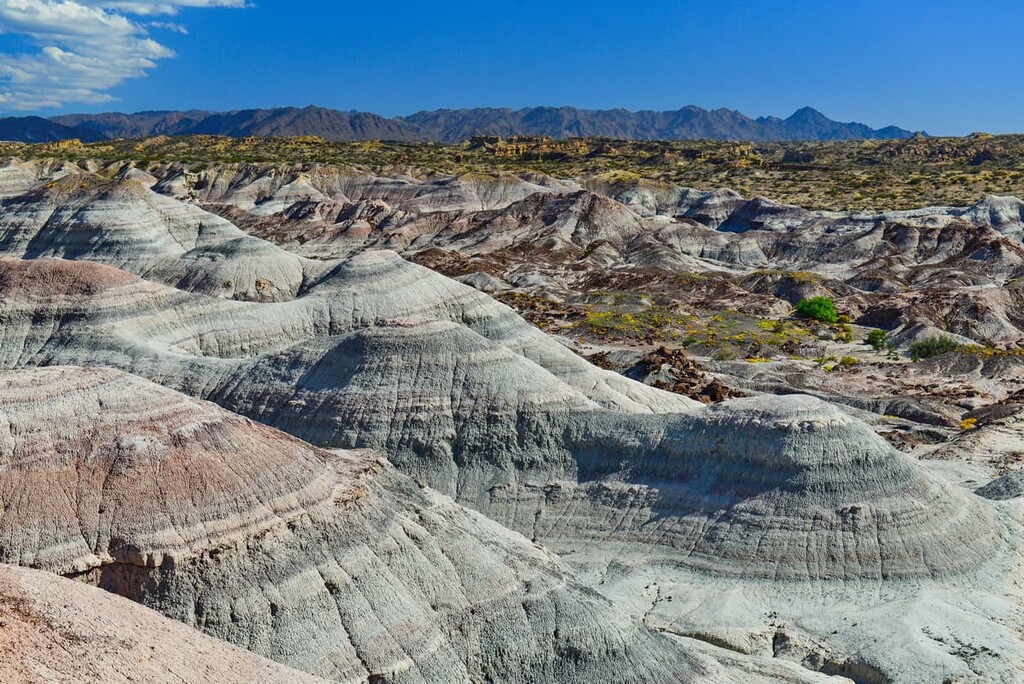
The San Juan province spans a region of 89,651 sq km (34,614 sq miles) across western Argentina. The western border of the province marks Argentina's border with the regions of Atacama, Coquimbo, and Valparaíso in Chile. It is also located to the south of the province of La Rioja, to the west of the province of San Luis, and to the north of the province of Mendoza.
The western stretches of the province are marked by the Andes. Here, the peaks are part of a region known as the Dry Andes, which features widespread alpine permafrost due to the high elevation. Protected regions mark much of the mountain range within the province.
Directly east of the Andes lies the dry and rocky landscape that is distinctive of the province. Desert-like valleys span across the region with notable rock formations and a high number of important paleontological sites.
The extreme southeastern section of the province is particularly important for the economic prosperity of San Juan. Here, the fertile valleys allow for the production of wine and olive oil, both of which are important agricultural products in the region. Although this section still receives minimal rainfall throughout the year, summer showers and hot temperatures allow for these crops to thrive.
These fertile lands are fed by the Jachal and San Juan rivers. While both are part of the Desaguadero River system, the San Juan river culminates in the Guanacache lagoons in the southeastern region of the province.
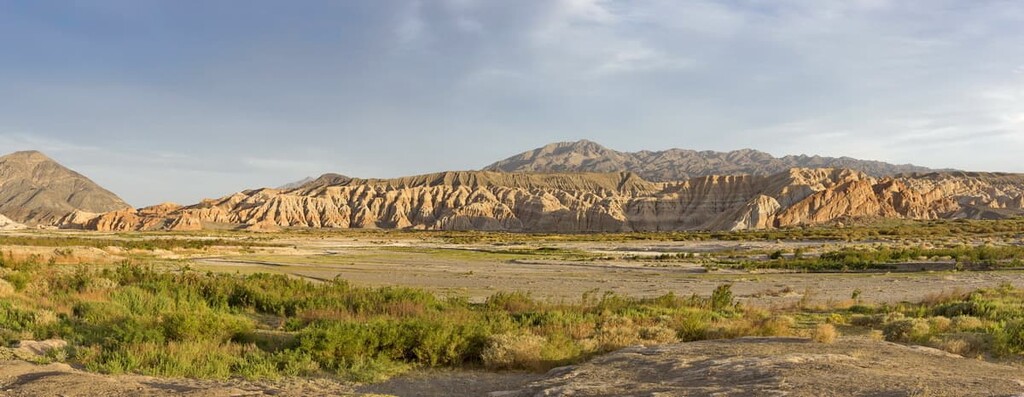
Additionally, within the San Juan province, there are a number of protected areas, including San Guillermo Provincial Park (Parque Provincial San Guillermo), San Guillermo National Park (Parque Nacional San Guillermo), and San Guillermo Biosphere Reserve (Reserva de Biosfera San Guillermo), along with El Leoncito National Park (Parque Nacional El Leoncito), Ischigualasto Provincial Park (Parque Provincial Ischigualasto), and Valle Fértil Natural Provincial Park (Parque Natural Provincial Valle Fértil).
San Juan encompasses the eastern stretches of the Andes, along with their eastern fertile foothills. The major peaks within the province are part of the Cordillera de la Ramada, a subrange of the Andes.
Both this subrange, and the Andes as a whole, began forming over 20 million years ago. During this time, the tectonic plates resulted in the oceanic crust being subducted beneath the South American Plate. Over the course of millions of years, this led to the formation of one of the most iconic mountain ranges in the entire world.
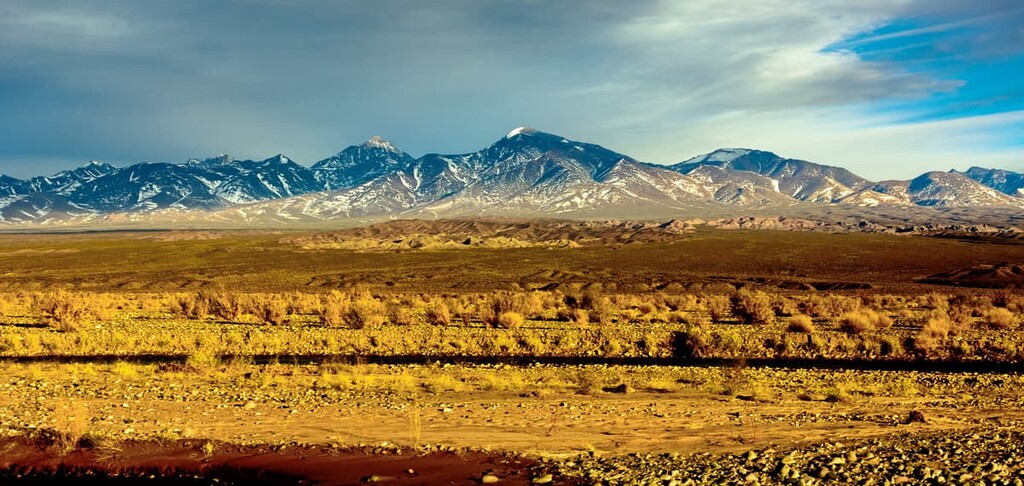
The immense height of this range has resulted in an arid climate on its eastern slopes. Sedimentary rocks comprise much of the range and its immediate foothills. Some of the most common rocks in the region are limestones, sandstones, and siltstones.
Cerro Mercedario, or simply “Mercedario,” is the tallest peak in the province and the eighth tallest peak in the entire Andes. Furthermore, Cerro Mercedario is home to a number of glaciers, as is typical in this part of the Andes. Rock glaciers can also be found throughout the peaks within the San Juan province.
The hot wind that whips through the eastern region of the province has shaped the clay-like soil over millions of years. What's left behind are unique geological formations found in Valle de la Luna within the Ischigualasto Provincial Park.

Major peaks within the park include Nevado Ojos del Salado, Monte Pissis, Cerro del Bolsón, Nevado Tres Cruces, and Cerro El Manchao.
The high-elevation terrain in the eastern region of the province is home to small amounts of both plant and animal life. Small shrubs and grasses, such as Adesmia, Fabiana, Patratephia, and Azorella, dot the region.
The central region of the province is home to various species of cacti that thrive despite the small amounts of rainfall. The southeastern section of San Juan province is the most populated and much of the fertile land is used for agriculture. Here, local communities grow olives, grapes, and various fruits.
Animals found in the province include vicuña, guanaco, cougar, culpeo fox, Andean mountain cat, and short-tailed chinchilla. Both the vicuña and Andean mountain cat populations continue to rise due to the establishment of regions such as the San Guillermo Biosphere Reserve.
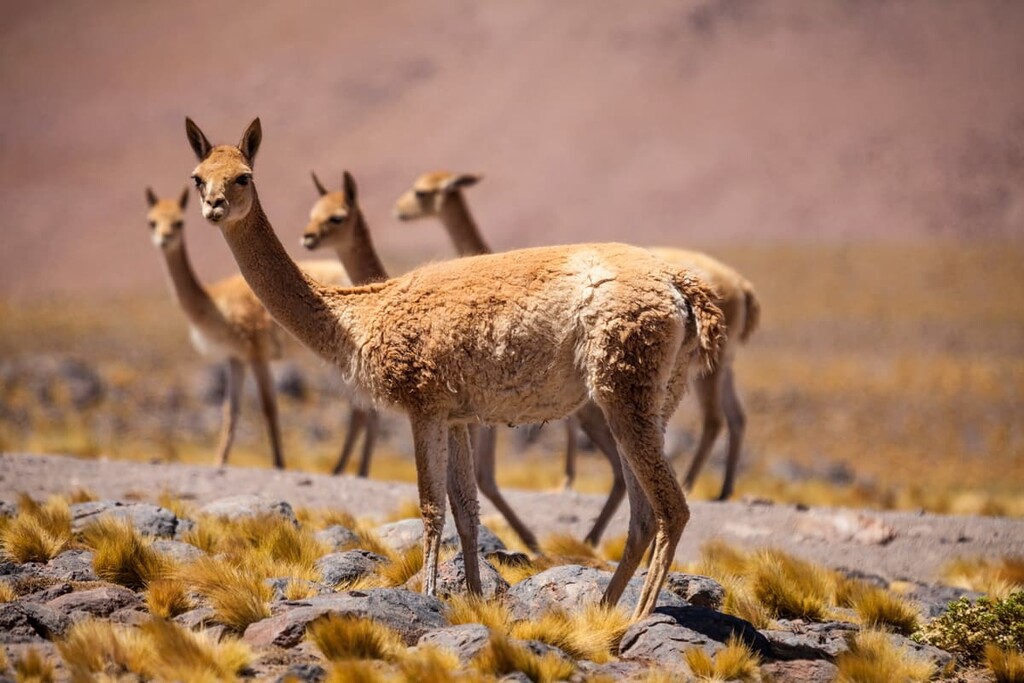
Indigenous groups inhabited the San Juan region for thousands of years prior to the Spanish colonizers arriving. Among these native groups are the Diaguitas, Capazanes, Huarpes, Olongastas, and Yacampis tribes.
Many of these tribes often lived in small communities while some migrated to new places throughout the year. The city of San Juan de la Frontera was established in 1562 by the Spanish colonizers (most notably Juan Jufré y Montesa) despite resistance from the indigenous communities. It was later moved a short distance to the south in an attempt to protect the city from the floodwaters of the San Juan River.
By the late eighteenth century, the region of San Juan was added to what was known as the Viceroyalty of the Río de la Plata. It eventually became part of the Province of Cuyo.
The Province of Cuyo was split in 1820 to create both the San Juan Province and the Mendoza Province. During the early 1900s, San Juan became one of the most rapidly growing provinces in the country.
In 1944, the province experienced a major earthquake that caused massive damage in the city of San Juan and killed approximately 10,000 people. Since then, the province and the city have updated their building codes to try to prevent another similar tragedy.
The following year, construction began on the Universidad Nacional de San Juan (National University of San Juan), which is located in the city of San Juan. It opened for research and study in 1973, becoming one of the most important universities in the region.
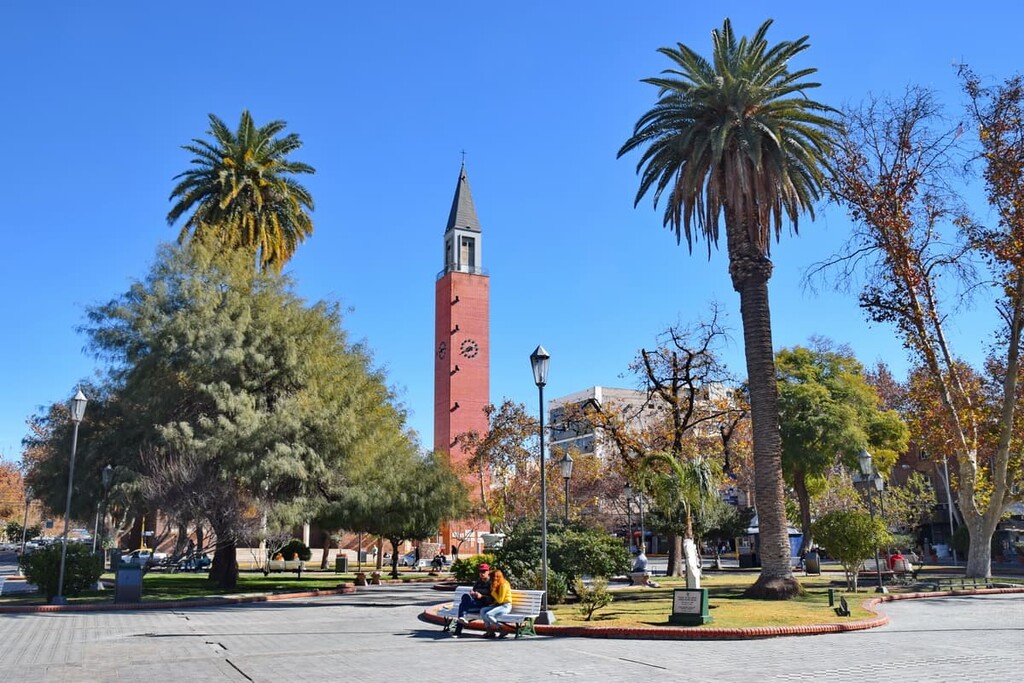
These days, the province’s economy relies heavily on agriculture and wine production. However, it has also seen an increase in mining operations and the development of a renewable energy section. San Juan is also a fantastic place to visit if you’re looking to check out one of the more remote parts of the Argentine Andes.
San Juan Province is home to numerous recreation destinations and trails. Here are some of the best hiking areas in the province to consider:
Ischigualasto Provincial Park is located in the northeastern region of San Juan Province. The park is often called Valle de la Luna or Valley of the Moon. This name comes from the moon-like appearance of the rock formations throughout the park.
The park contains Late Triassic deposits and is home to some of the oldest dinosaur remains ever discovered. The wind-eroded rock formations are a key feature found throughout the park. Common viewpoints and trails include El Gusano, Valle Pintado, El Submarino, El Hongo, and Cancha de Bochas.

Located along the eastern edge of the province lies the Valle Fértil Natural Park. True to its name the park is home to some of the most biodiversity in the entire region. Numerous types of vegetation coincide within the park boundaries, offering a sharp contrast to the arid regions in the western region of the province.
Various trails run throughout the park. While many visitors hike along the trail, the biodiversity of the region also makes the park a popular destination for birdwatchers.
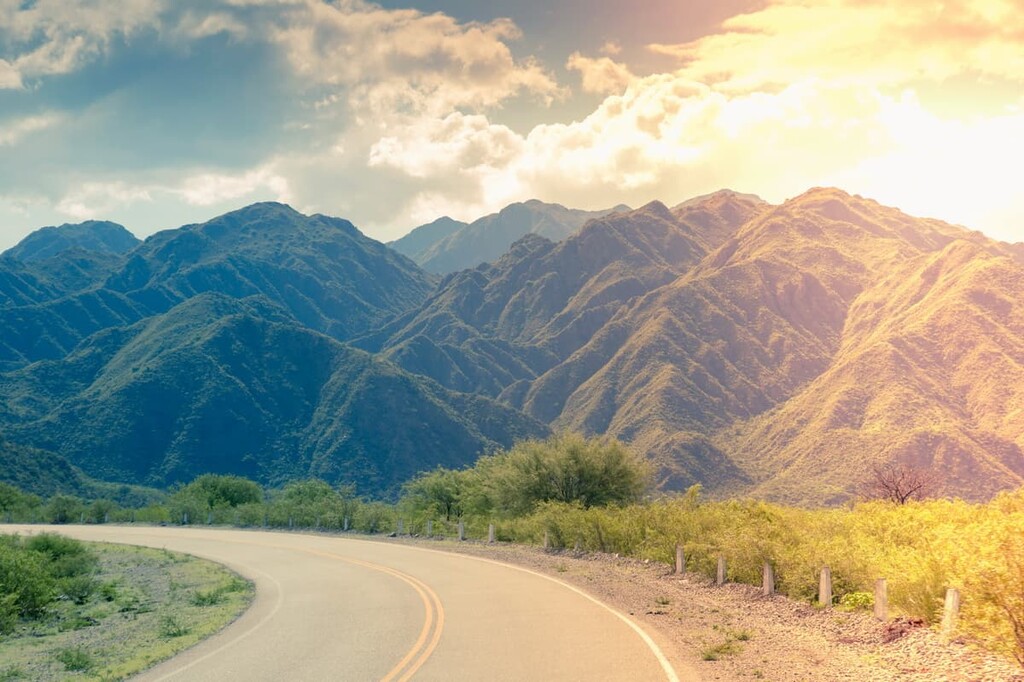
The El Leoncito National Park is located along the southern border of San Juan Province. The landscape throughout the park showcases the Central Andean Puna and it receives a relatively small amount of rainfall each year.
The lack of pollution in the region, coupled with the anual minimal rainfall totals in the park, have allowed the region to become an important site for astronomical observations. Free camping and short trails can be found throughout the park, too, for visitors to check out.

Along the western edge of the province lies the San Guillermo Biosphere Reserve. Within the reserve also lie San Guillermo Provincial Park and San Guillermo National Park. Combined these three protected regions span throughout the Andes and its eastern foothills.
There are minimal hiking trails throughout the park due to its varying levels of protection. However, some guided treks allow visitors to visit the interior of the remote protected area.
Looking for a place to stay in San Juan? Here are some of the best cities and villages to check out in the region:
Located in the southeastern region of the province lies the capital city San Juan. The city has a metro population of around 500,000 people making it the most populous city in the entire province. San Juan is often referred to as an “oasis town” due to its extensive network of canals that allow trees to thrive despite the arid landscape.
San Juan is known for its production of wine and its abundance of surrounding wineries. The region is ranked second in the nation for its production of wine. Other notable tourist attractions include its numerous museums and outdoor theaters.
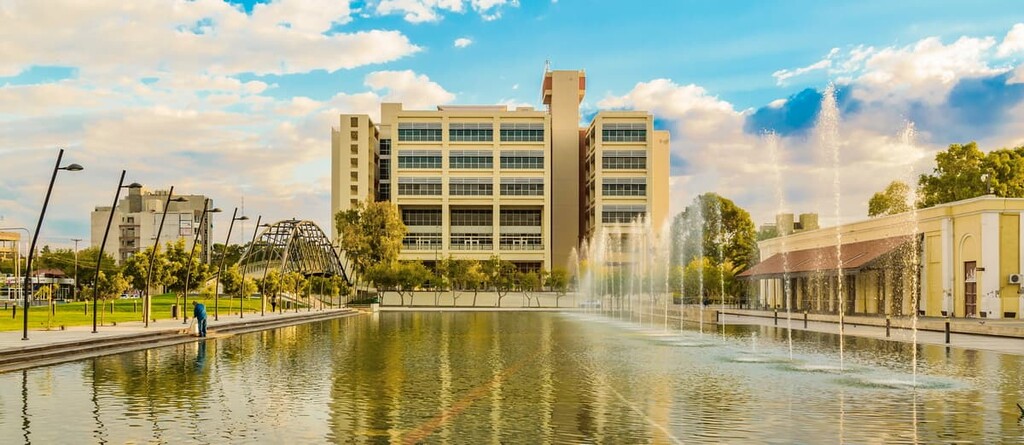
Situated along the Jáchal River, in the northeastern region of the San Juan province, lies San José de Jáchal, also known simply as “Jáchal”. The city has around 20,000 residents and is surrounded by vineyards and olive groves.
The local community is also known for its gaucho craft traditions. Small local restaurants and handmade goods can be found throughout the small city.
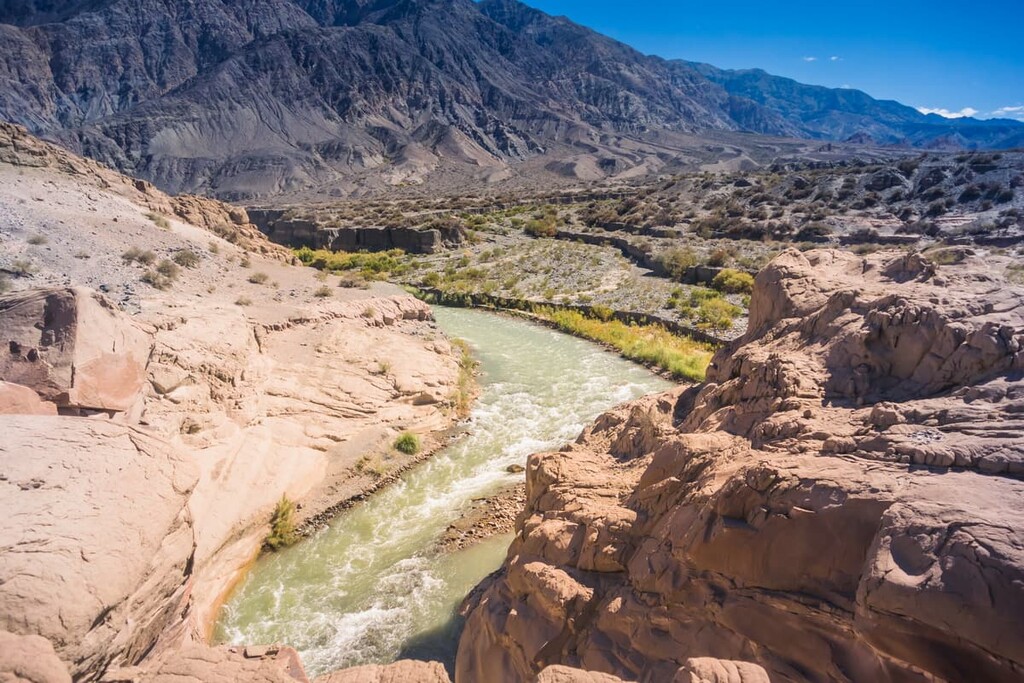
Explore San Juan with the PeakVisor 3D Map and identify its summits.








ultra
andes-6000ers
chile-ultras
argentina-ultras
ultra
andes-6000ers
chile-ultras
argentina-ultras
